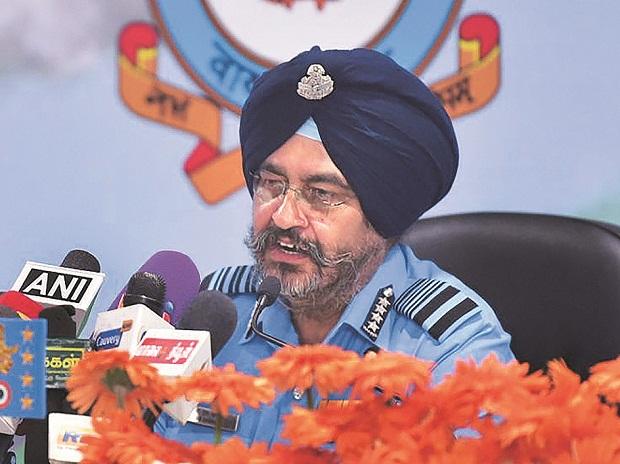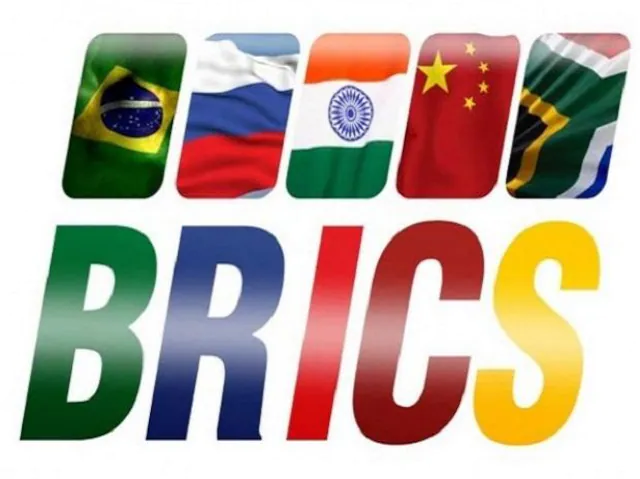Trump also said he would discuss Chinese telecoms equipment maker Huawei with the Indian leader
US President Donald Trump clarified on Friday that exchange was a top need at a summit of pioneers of Group of 20 countries, as Chinese pioneer Xi Jinping cautioned against rising protectionism and India and Russia safeguarded multilateral exchange rules.
In front of converses with Japanese Prime Minister Shinzo Abe and Indian Prime Minister Narendra Trump said he would talk about exchange, days in the wake of condemning the US-Japan security arrangement and requesting New Delhi pull back retaliatory taxes.
“I believe we will have some huge things to report. Big economic agreement. We’re doing some huge things with India as far as exchange, as far as assembling,” Trump said toward the beginning of converses with Modi. Donald Trump likewise said he would talk about Chinese telecoms gear producer Huawei with the Indian head. “We really sell Huawei huge numbers of its parts,” Trump said. “So we will talk about that and furthermore how India fits in. What’s more, we’ll be talking about Huawei.”
A White House authority said Trump needed to elevate to Abe and Modi “a strong quality secure foundation” – a reference to the US push with partners to stay with the Chinese out of cutting edge telecoms systems. Washington has squeezed its partners to avoid Huawei in their fifth era, or 5G, arranges on security grounds, yet has likewise proposed it could be a factor in an economic agreement with Chinese President Xi Jinping, whom Trump meets on Saturday…























